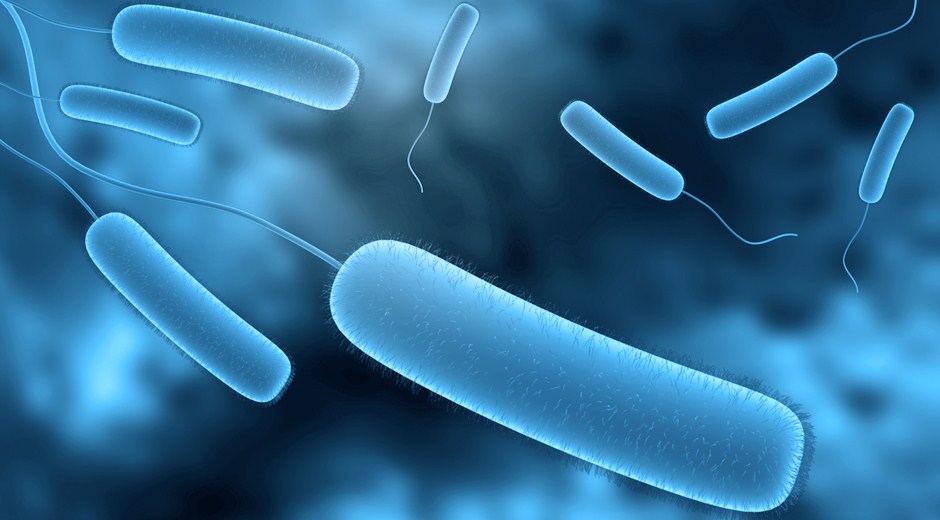Sterilization and disinfection are both decontamination processes, but where sterilization is the process of eliminating all harmful microorganisms from objects and surfaces, disinfection means to eliminate most harmful microorganisms, but this doesn’t include spores. Both disinfection- and sterilization procedures use chemical or physical agents to destroy pathogens and to ensure that pathogenic microorganisms are not transmitted to patients. In hospitals, critical objects that make contact with sterile tissue require sterilization before use.
Disinfectants

Different disinfectants have different target ranges and can’t kill all micro-organisms. Filtration, which is one method of disinfecting, doesn’t kill bacteria. When you look at the difference between sterilization and disinfection, you can safely say, that when it comes to our lives in a hospital situation, sterilization is an absolute necessity where disinfection isn’t. Sterilization methods need to be followed strictly to completely remove microorganisms.
So what is a disinfectant? Disinfectants are often bought in concentrated forms. They are then mixed with water. The different disinfectants which are more commonly used are alcohols, oxidizing agents, aldehyde, phenolic and even sodium bicarbonate. Disinfection can be accomplished by various means which include heat and chemicals. Some chemicals in disinfectants can also sterilize and they are called chemi-sterilants. Chemicals that can be safely applied to the skin and mucous membranes are known as antiseptics.
An ideal disinfectant should:
- be able to destroy microbes within a certain period
- have a broad spectrum of activity
- be active in any pH
- should have a long shelf life
- be active in the presence of organic matter
- be non-toxic and non-allergenic
- efficacy should not be lost with reasonable dilution
Disinfectants are only effective when they are applied according to the label with instructions for the correct time period.
Sterilization totally Destroys Micro-organisms
Sterilization on the other hand is a chemical or physical process that eliminates all forms of microbial life. This is important in the veterinary industry and health care industry when sterilization is required because highly resistant pathogens need to be destroyed and when medical equipment is going to be used in invasive procedures with animals or people. Bacteria, fungi and viruses can’t stand up to sterilization.
Sterilization is always going to be required with any implement that penetrates intact skin and makes contact with the blood system. Once a surgical instrument for instance has been sterilized, you can say that all micro-organisms have been removed and that when the sterilizer has done its job, nothing survives.
The major difference with disinfection and sterilization can be a matter of life and death. Disinfection isn’t going to be accepted in places like a hospital, where a surgeon will need to use sterilized surgical instruments to avoid passing on a life-threatening infection.



